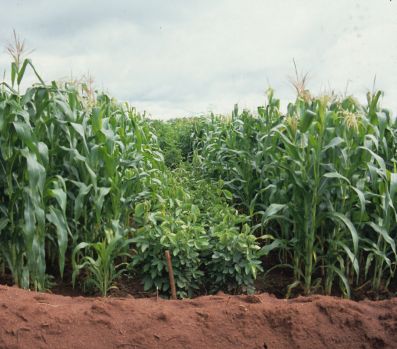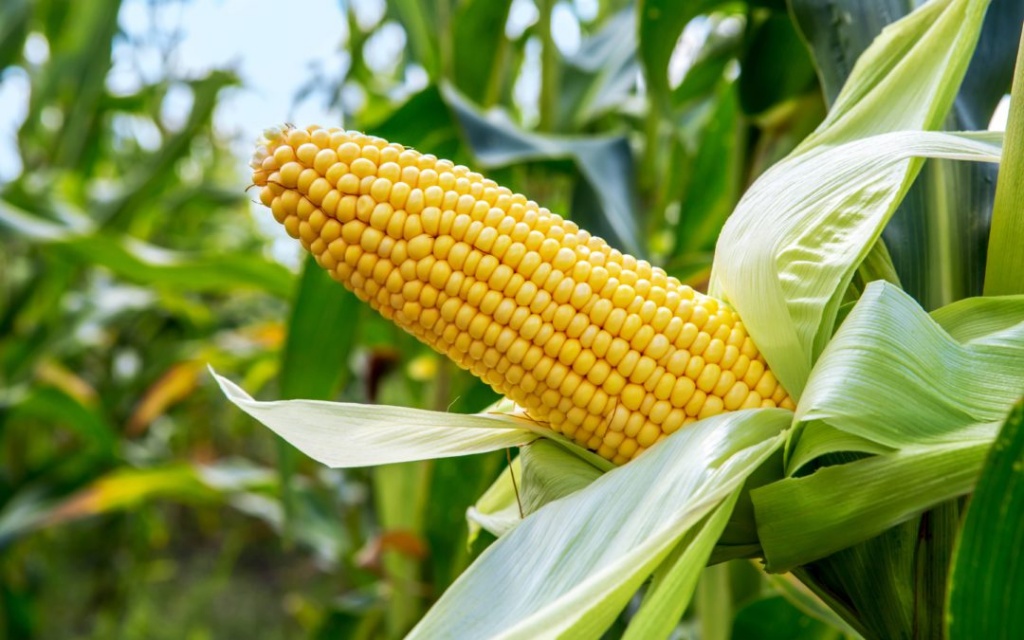
Farmers growing traditional crops like maize side by side with legumes are recording more than double increase in yields and cutting down on fertilizer spend as legumes fertilize the soils at 20 percent more than synthetic fertilizers.
While farmers have long intercropped legumes like beans, cowpeas, groundnuts and pigeon peas with maize and millet, it is only recently that science recognized the huge benefits these legumes have on soil fertility and ultimately faster and healthier maturity of crops.
READ ALSO: Conservation agriculture, intercropping breathes new life to Western soils
READ ALSO: Legumes boost Nyeri’s soil fertility and flower production
READ ALSO: New technology moves farmers beyond fertilisers, via legumes
Scientists estimate that up to two billion dollars worth of nitrogen, phosphorus and potassium is lost from African soil each year, even as farmers invest a fortune in syntheticfertilizers. The three nutrients are important in plant growth.
However farmers who have unknowingly planted legumes record low or no use of commercial fertilizers as plants flourish. “What these legumes do is that they fix nitrogen in the soil increasing the soil's fertility for a long time,” says Wendo Kimakia a scientist actively involved in advocating for use of legumes to fertilize soil.
The legumes can fix the nitrogen to last upto 4 planting seasons without the soil fertility diminishing something artificial fertilizers would never achieve. “Farmers fertilize their soil every planting season with commercial fertilizers and the soils get tired of this. Not forgetting the other chemicals that are harmful to the soil that come with these fertilizers,” added Kimakia.
For farmers to reap maximum benefits from the the transformatory farming process now known as doubled-up legume perennial pigeon-peas along with annual leg¬umes such as soya beans or groundnuts are first planted before any crops and allowed to mature to harvesting. After harvesting, farmers plant other crops like maize in or beside the rows of pigeon peas and then harvest both.
Pigeon pea for example, not only uses its deep roots to fertilize the soil but its shrubby nature allows it to shed leaves when its sunny, with the high protein leaves falling next to the crops increasing the fertility of the soil a large shrub, adds nutrients to the soil, but can later be used for fuel and fodder. Some parts are edible.
Scientists are using Milkah Kienjeku a farmer in Naivasha to convert doubting Thomases to these cheap way of growing crops. Milkah a widow taking care of 6 grandchildren has never known the woes of erratic fertilizer prices in her 15 years of farming. Believing that her land was blessed by ancestors she only tilled it and planted the crops without adding anything.
Unknowing to her, the groundnut trees that stand in her one acre piece of land that she inherited from her father as the only child, has been responsible for the impressive yields. She harvests over 20 bags of maize, 10 bags of beans and 10bags of groundnuts a number inconceivable in her village which has been struggling with tired soils due to overplanting. Villagers have drawn two conclusion. She is using dark forces to grow her booming maize. “It has been hard because even I couldnt understand why my maize was doing so well as other farmers struggled. I have won huge enemies,” she said.
Enemies aside,the proceeds from the bumper harvest has seen her educate her children to university level, bought basic farming machinery and opened a posho mill that has picked up so fast. When scientists in the area studied her farm for over 3 months they found the answers in the swaying groundnut trees. “We tried various theories and assumptions until we deeply studied the groundnuts trees and realized they were the reason for the soil fertility.
We introduced other legumes like soya beans and results came out impressively. We have launched a massive awareness campaign among fellow farmers to reverse the sorry state of tired soils in the area,” said Joshua Njeru a scientist in the area.
As population number soars to unprecedented levels, rising at about 10 percent yearly in Kenya, and with the tragedy of the unpredictable fertilizer prices, scientists now say the sure bet to sustained food security in the country and region lies in farmers producing a lot with little. “If they can cut spending on fertilizer which takes much of the planting expense and manage to harvest more then we have no problem with food security. Legumes offer one such option,”Njeru said.


















